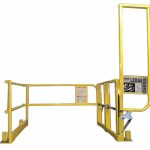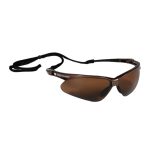The top of the stairs is a high-risk area in any home with small children or pets. A reliable safety gate can prevent falls and provide peace of mind for homeowners. As functional as they are essential, top-of-stair safety gates come in various designs and materials. Each type offers different features suitable for specific house layouts and lifestyles. This article provides insight into selecting the most appropriate top-of-stair safety gate to ensure safety and ease of use in your household.
Understanding Safety Standards and Gate Types
Prioritize Certified Safety Gates
When reviewing options for a top-of-stair safety gate, safety must always be the paramount concern. Look for gates that have certification from recognized safety organizations such as the Juvenile Products Manufacturers Association (JPMA). Certified gates ensure adherence to high safety standards, essential when it comes to preventing accidental falls from elevations. Also, ensure the gate you select adheres to the latest safety regulations and guidelines.
Selecting Between Hardware and Pressure-Mounted Gates
Two common types of gates include hardware-mounted and pressure-mounted. Hardware-mounted gates, which you install directly into the wall or banister with screws present a sturdy, more permanent solution, critically important at the top of the stairs. Pressure-mounted gates, while easier to install and move, are not recommended for use at the top of stairs due to their less secure nature. For maximum safety, choose a hardware-mounted gate for these locations without hesitation.
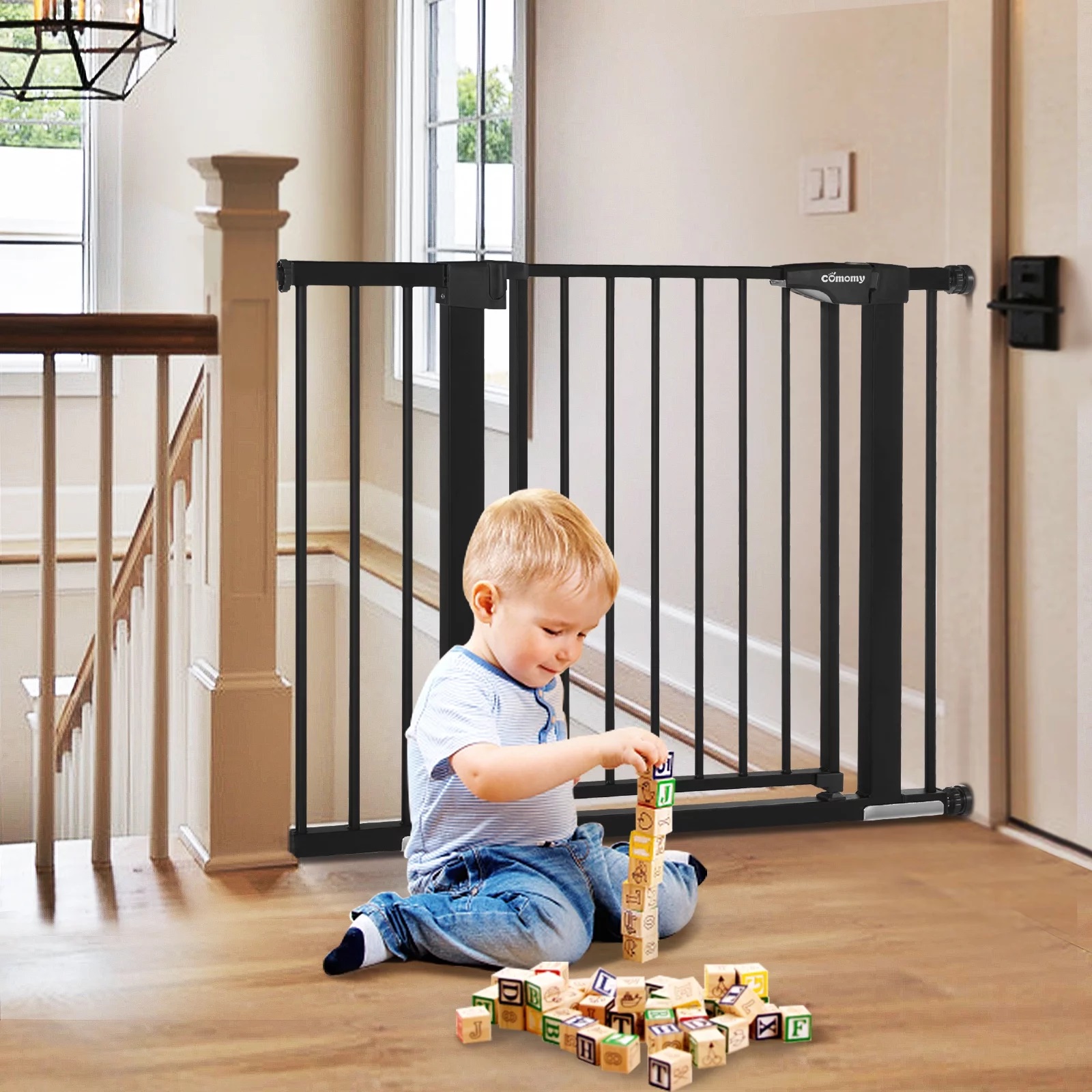
Assessing Your Home’s Layout and Design
Consider the Gate’s Opening Mechanism
The gate’s opening mechanism should suit the layout of your home and how you plan to move through the area. Gates come with various locking systems, from simple lift-open mechanisms to more complex, dual-action latches that are childproof yet adult-friendly. Consider a gate with an opening that you can operate with one hand; such a design proves convenient when carrying laundry, groceries, or even a child up and down the stairs.
Measuring and Accommodating for Your Space
Before selecting your safety gate, proper measurement of the stairway is crucial to ensure a perfect fit. Consider any baseboards, uneven walls, or unique stairway designs that may affect the installation of the gate. Various gates offer extension kits to fit wider spaces, so look for options that accommodate unique architectural features or larger-than-standard areas.
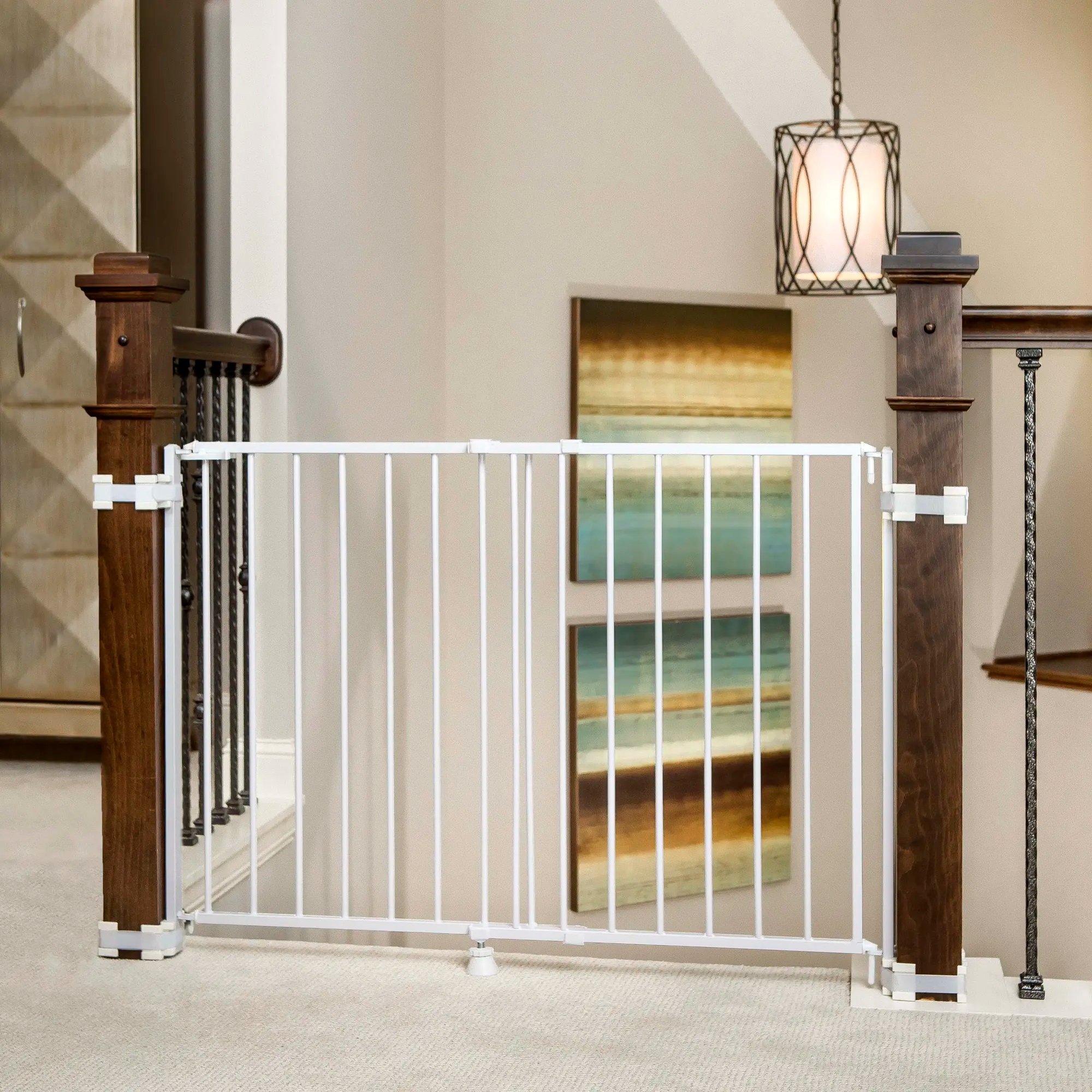
Evaluating Material Durability and Maintenance
Durability of Materials
Top-of-stair safety gates are typically made from metal, wood, or heavy-duty plastic. Metal gates offer the highest durability and strength, which is necessary for the top of stairs. Quality wooden gates can blend elegantly with your home’s interior but may require maintenance to ensure the wood remains free from wear or splintering. Plastic gates may not provide the same level of strength or longevity as metal or wood and are not the best choice for top-of-stair scenarios.
Ease of Maintenance
Maintenance is another essential element to consider when choosing a safety gate. Metal gates generally require less maintenance and are easier to clean, while wood may need refinishing or repainting after some time. Check if the gate you choose has a finish that is non-toxic and safe for your child if they come into contact with it. The less complicated the gate structure, the easier it will be to maintain and keep it functioning reliably.
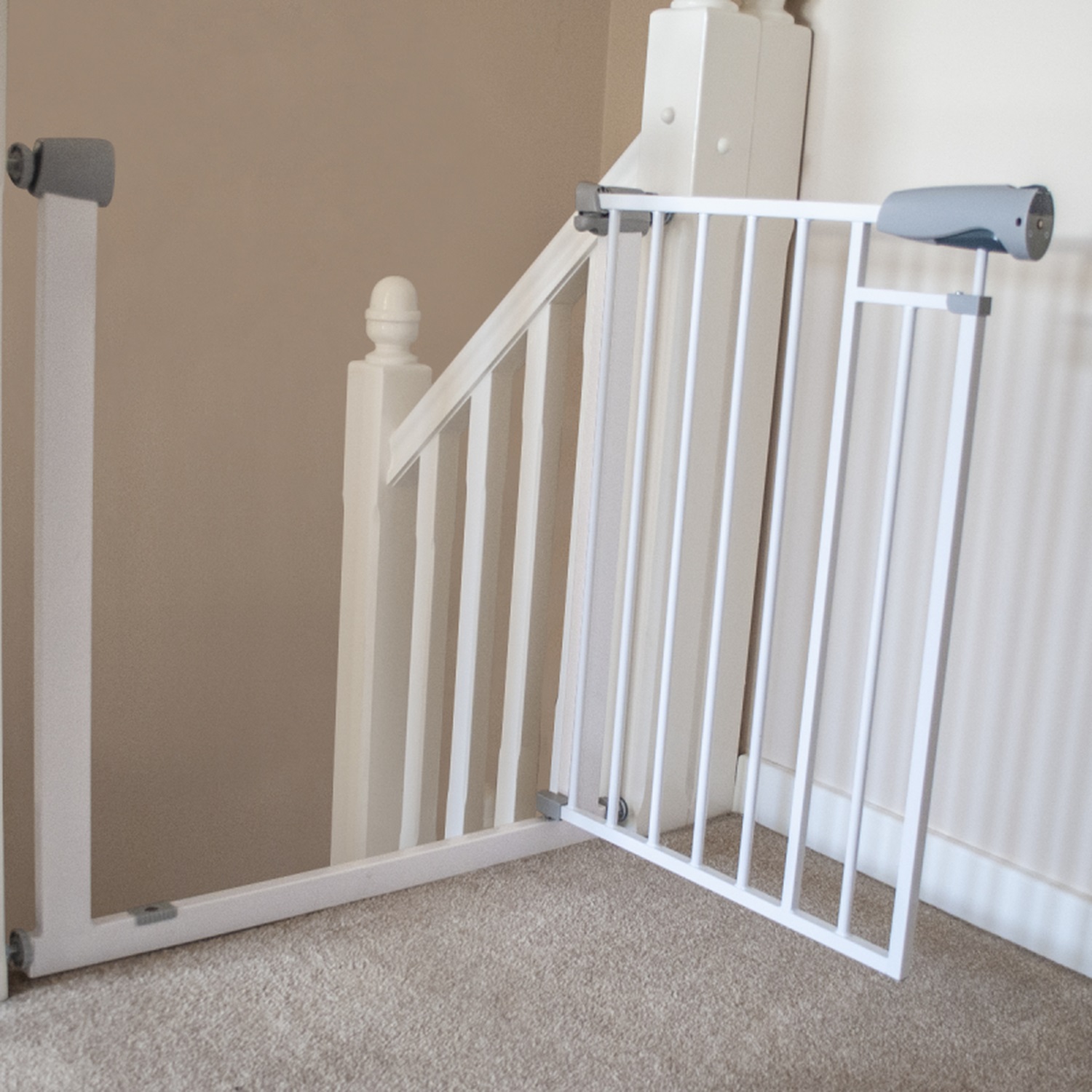
Prioritizing Convenience alongside Safety
Gate Accessibility for Adults
While the main function of a safety gate is to protect children and pets from accessing the stairs, it must also allow adults to move about with ease. Seek out gates that adults can open with relative ease but are still secure against the wits and strength of an inquisitive or determined toddler. Some gates feature a stopper that prevents the gate from swinging outward over the stairs for added security, an essential feature that combines convenience with safety.
Balancing Aesthetics with Functionality
While safety takes precedence, the aesthetic element should also guide your selection. The market offers a wide range of designs and finishes, from modern, sleek metal to classic wood, ensuring that the gate not only functions well but also complements your home’s decor. Look for a gate that both looks at home in its environment and serves its primary role superbly.

Ensuring Proper Installation for Maximum Safety
Importance of Correct Installation
A safety gate’s effectiveness mainly depends on its installation. Even the most robust and well-designed gate can fail if not installed correctly. To prevent accidents, it’s critical to install the gate according to manufacturer instructions. For hardware-mounted gates, make sure that screws anchor into wall studs or solid wood to ensure a secure hold. If the gate is not properly aligned or the hinges are not adequately tightened, it can lead to malfunctions or a decrease in stability over time.
Tools and Skills for Installation
Most safety gates come with all necessary installation hardware, but you’ll still need basic tools, such as a drill, screwdriver, and level, to ensure a proper setup. Ensure you have the skills to install the gate or consider hiring a professional if you’re not confident in your abilities. The cost of professional installation is a worthwhile investment for the safety benefits it brings. Regular checks and any necessary adjustments after installation are vital to maintain the integrity of the gate over time.
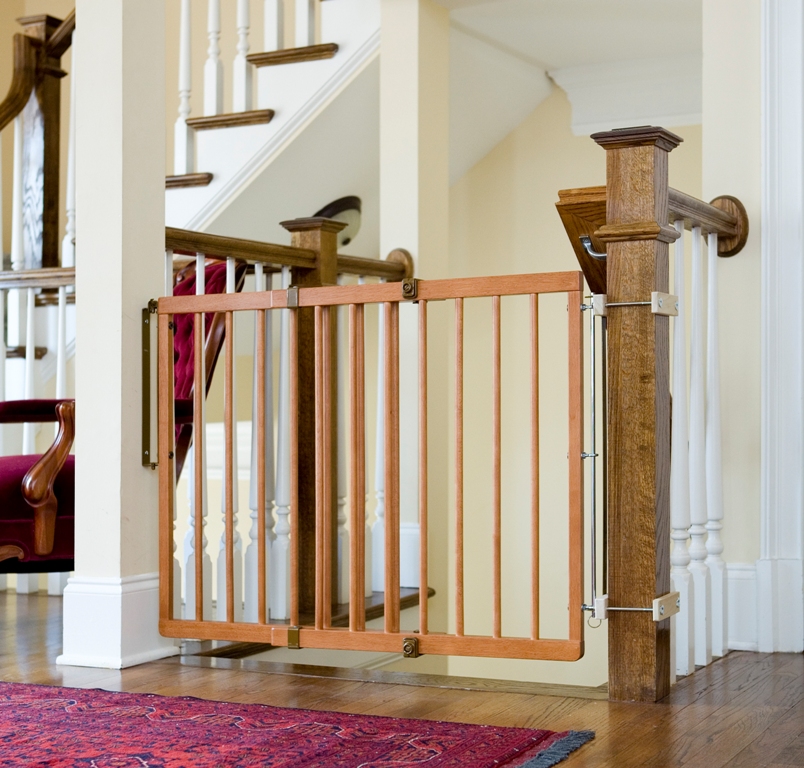
Involving the Whole Family in Safety
The Role of Supervision
Remember that no safety gate is foolproof without proper supervision. Make sure every family member understands the importance of keeping the gate closed and locked. Involve older children in safety practices, teaching them to securely close the gate behind them. By instilling a culture of safety in the household, even the most curious child can be safer around staircases.
Building a Routine of Safety Checks
Everything wears down with use, and safety gates are no exception. Include a routine safety check of the gate as part of your household chores. Inspect the gate’s locking mechanism, hinges, and structural integrity regularly. This ensures that any wear or damage is caught early and that the gate remains a reliable part of your childproofing measures.
Choosing the right top-of-stair safety gate hinges on a blend of safety compliance, home layout considerations, material durability, and convenience for the users. By meticulously evaluating the gate’s safety credentials, the design that best matches your stairway’s measurements, the sturdiness of materials, and ease of use, you’ll be able to secure the top of your stairs effectively. It’s about putting in the effort to find a safety gate that’s solid in its primary role of guarding the stairs while also feeling like a seamless addition to your living space.

